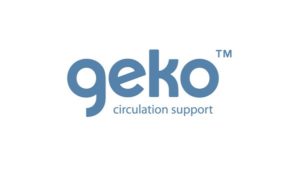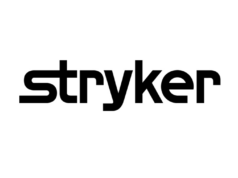
UK-based Sky Medical Technology has received US Food and Drug Administration (FDA) 510(k) clearance for its “geko” device for stimulation of the calf muscles to prevent venous thrombosis in non-surgical patients at risk for venous thromboembolism (VTE).
This adds to Sky’s established 510k clearance for immediate post-surgical stimulation of calf muscles to prevent VTE, increasing blood circulation and edema reduction. According to a statement, this is the first muscle pump activator of its kind to be cleared by the FDA for VTE prevention across all patients including non-surgical patients.
VTE is a deadly risk to hospitalised patients, particularly those who are immobile as a result of recovery, and fewer than 50% of hospital patients receive appropriate preventive treatment according to the CDC (Centers for Disease Control). Estimates suggest that somewhere between 60,000 and 100,000 Americans die each year as a result of the condition, with 10—30% of patients dying within one month of diagnosis.
The geko device is a non-invasive, easy to use, battery-powered, and wearable therapy device which, worn at the knee, gently stimulates the common peroneal nerve, activating the calf and foot muscle pumps and resulting in increased blood flow in the deep veins of the calf. Further, the geko device also operates without external pressure to the leg and allows complete mobility.
A study of the geko device’s ability to prevent VTE in acute stroke patients reported 0% VTEs in patients wearing the geko device alone, compared to VTEs in the various control groups who were prescribed sequential compression devices (SCDs) at 2.4% or pharmacological prophylaxis at 1.1%.
The investigators, led by Indira Natarajan (NHS Royal Stoke University Hospital, Stoke-on-Trent, UK), also determined that 30% of patients are contraindicated or became intolerant to SCDs. It is to this unmet need cohort that the geko device was fitted, reporting a VTE incidence of zero and good patient tolerance. The data is said to have driven rapid adoption across multiple NHS trusts and international markets, as well as gaining expanded FDA clearance.
Commenting on the study result, Natarajan said: “The data has shown a need to use the geko device when other VTE prophylaxis strategies are contraindicated or impractical, and provides an option where previously patients would have had no other intervention available to them. The geko device is now in routine use at the Royal Stoke and has marked significant change to our practice.”
Embracing the innovation, Fred Rincon (Thomas Jefferson University, Philadelphia, USA) added: “The geko device represents an exciting new treatment option for clinicians to manage stroke patients at risk for developing a deep vein thrombosis when clinicians are concerned about bleeding in the early management of the patient.”
Commenting on the FDA clearance, Sky CEO Bernard Ross also commented: “This latest 510(k) builds on our previous FDA indications to address life threatening blood clots and complications related to swelling after orthopaedic surgery, conditions experienced by more than 1 million US patients with unmet need every year. We are excited to extend our access into the US market.
“Our muscle pump activation technology, OnPulse, embedded in the geko device, completely redefines the way vascular related conditions are treated. Through our innovative mechanism of neuromuscular electrostimulation, we are the first clinically proven muscle activation technology to prevent and treat a wide range of acute and chronic circulatory conditions both here in the US and internationally.”









